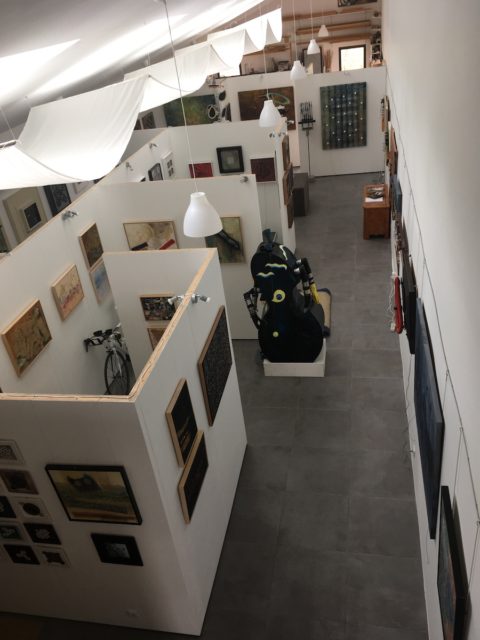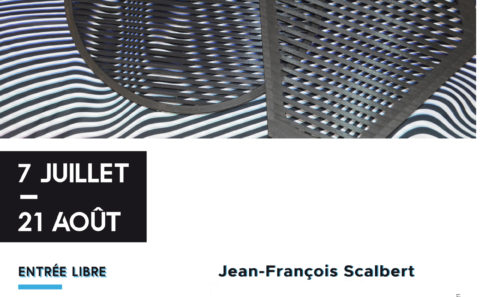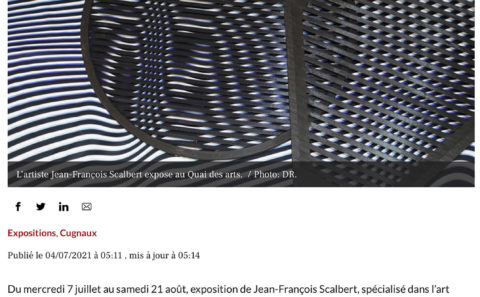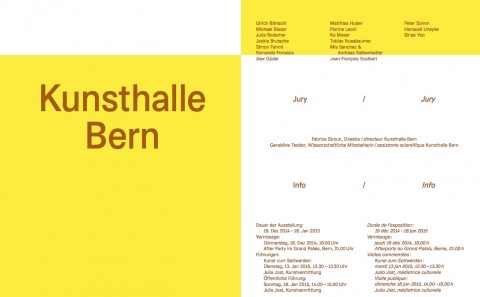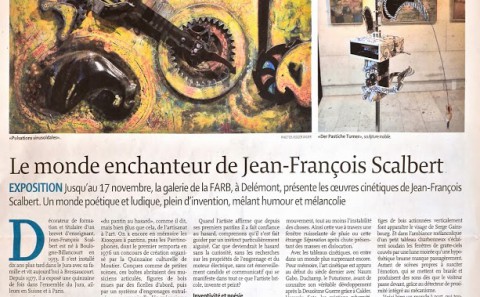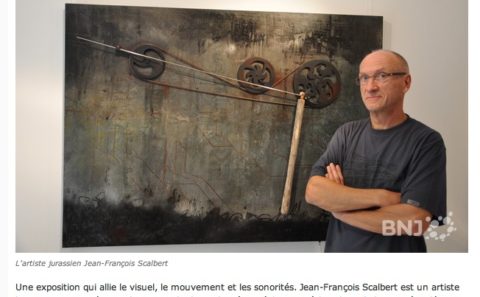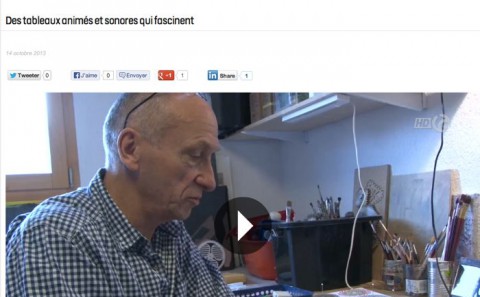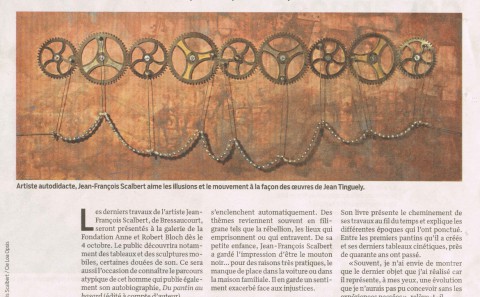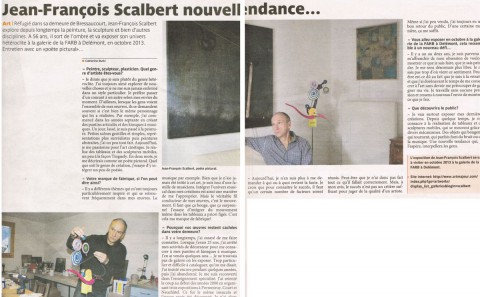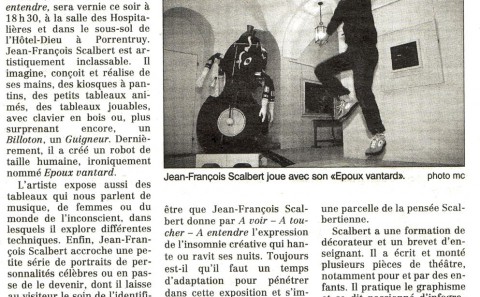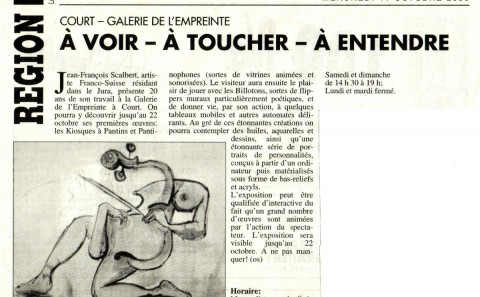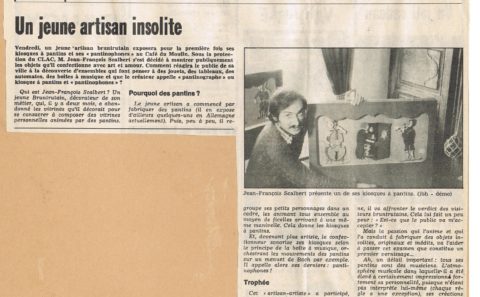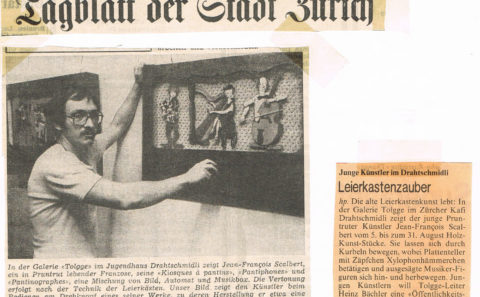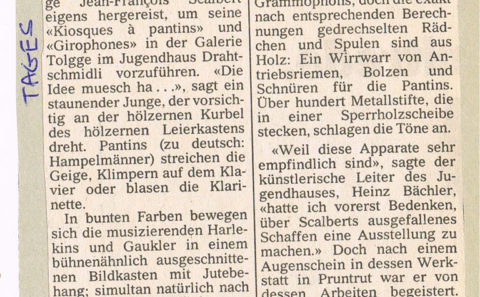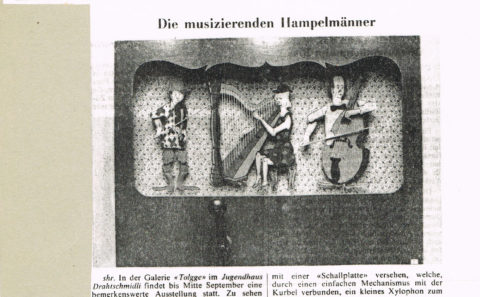Exhibition – Press – Current
M U Z E M U
Permanent exhibition of JF SCALBERT
presenting 150 kinetic works
Mandatory guided tour, approximately 45 minutes per group of maximum 7 people, by appointment only:
on 06 83 777 211 or by email at: jfscalbert@gmail.com
Location: 4b Chemin du champ Rond – 11240 Cambieure F
Single price: 50€
March 2021 - Interview on the program "Au fil de l'Aude" on RCF
The enchanting world of Jean -François Scalbert
Article by Jean -Pierre Girod published in November 2013 in the Daily Jura.
Exhibition presenting the kinetic works of Jean-François Scalbert until November 17 at the FARB gallery in Delémont. A world of inventions: poetic, playful, a mix of humour and melancholy.
Decorator by profession and a certified teacher, Jean -François Scalbert was born in Boulogne-Billancourt (F) in 1953. Ten years later he moved with his family to the Jura and now lives in Bressaucourt. Since 1977, he has exhibited some fifteen times throughout the Jura, in other parts of Switzerland and in Paris.
From Craft to Art
Over 35 years of creation, Jean-François Scalbert has passed with gusto “from jumping jack to chance”, as he says, but more than that, from craft to art. We still remember the “kiosques à pantins” (“jumping jack kiosks”), followed by the Pantinophones, the first of which in 1976 won a design competition organized by the Cultural Fortnight of Moutier. Designed as small stages, these boxes housed articulated musicians, wooden characters moved by strings at first and then through a gear system driven by a crank. A basic musical mechanism allowed them to play simple tunes. Over the years, Jean-François Scalbert honed his creations, which became Girophones and then Billotons (musical pin-ball machines).
These were charming, ingenuous but nothing to do with the creations of today, apart from the movement that continues to animate them. The explanation of the artist is his discovery of the Tinguely machine at the Swiss Expo in 1964, which fascinated and had a certain influence over him, although Scalbert has never embraced this purely mechanical aesthetic. Over the years he developed a personal style: refined, whimsical and poetic. When the artist says that from the time of his first puppets he has put his trust in chance, understand that he has been guided by a particularly sharp instinct. Because what would chance be without curiosity, without research on the properties of the gear and the electric motor, without this candid and communicative wonder that manifests itself in all that the artist puts together, invents and paints?
Inventiveness and poetry
The FARB gallery presents some forty mobile sculptures, paintings and recent kinetic artworks all surprising by their creative vitality, inventiveness and quality of workmanship. In his paintings, Jean-François Scalbert is a long way away from the slightly naïve backdrops of his Girophones of the early 1980s. He went through a surrealist period, which his father, a psychoanalyst (and musician like the rest of the family) probably had a lot to do with. Gradually, the phantasmagoria from his subconscious gave way to the abstract, born of observing the play of light and shadows, reflections, which give rise to refined artworks, totally original, suggesting movement, and certainly the instability of things. A view through a window dripping with rain or this strange separation after a fall with the breakdown of mass.
With the kinetic artworks, one enters an even more surprising world. Kinetic art appeared at the beginning of the last century with Naum Gabo, Duchamp and Futurism before its true development after the Second World War through Calder, Vasarely, Soto, the cybernetic creations of Nicolas Schöffer, among others. It is based on the movement of elements of the work as well as on optical illusions produced by the movement of the viewer in relation to the work.
Scalbert uses both variants, but prefers real movement. Against often abstract backgrounds, sometimes evoking the dancing signs of Paul Klee, more often an uncertain universe of materialists, he inserts ingenious small mechanical elements: rods, pulleys, a bicycle chain, gears of all types, even including the same square wheel dear to the watches of Maurice Lacroix. A piece of broomstick crosses a canvas, another gives the impression of small rollers painting there and then glistening colours on its surface, elsewhere the movement of vertical wooden rods reveal the face of Serge Gainsbourg. The melancholy atmosphere of a small charcoal painting is suddenly illuminated by the windows of skyscrapers being touched by a shimmering moon that a hypothetical haze masks temporarily. So many scenes that provoke emotion, that are set in motion and produce sound when the visitor passes, thanks to proximity sensors integrated in the mechanism.
Here is a world apart, which touches one by its inventiveness, evokes a complete disorientation through a poetry that is sometimes smooth, sometimes grating and which is above all formulated with a natural magic. A moment of pure pleasure.

